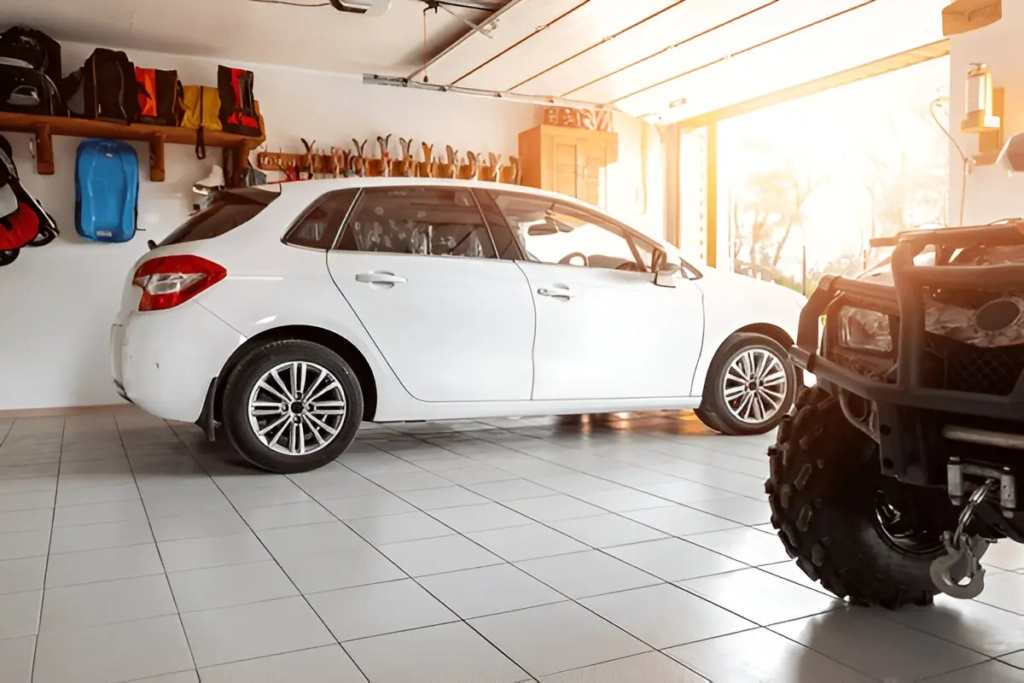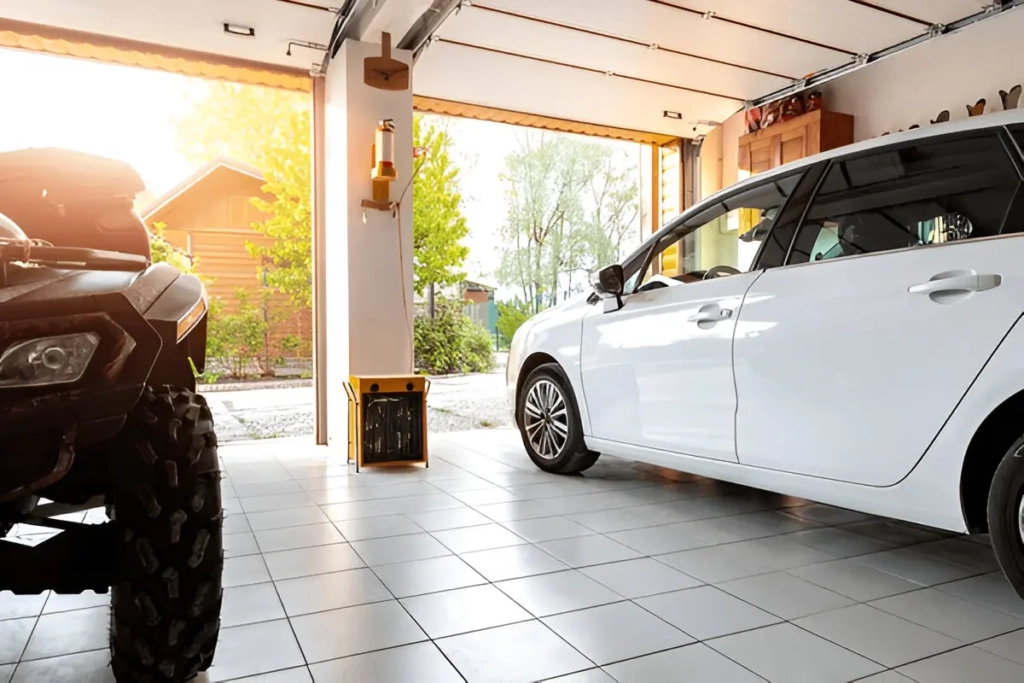We’ve all been there—pulling into your garage, hoping your car and new storage shelves will fit, only to worry you’ll end up with a cramped mess. My friend Sarah faced this when she bought storage racks for her garage, only to realize her SUV barely squeezed in afterward. A poorly planned garage can turn parking and storage into a daily frustration.
This garage space fit calculator guide takes the guesswork out of fitting your car and storage solutions. With clear steps and ProductSizer’s Garage Fit Tool, you’ll know exactly what fits before you buy. Let’s dive into the challenges, solutions, and tips to create a garage that’s functional and organized.
The Challenge: Why Garage Space Planning Is Trickier Than It Seems
Fitting your car and storage in a garage is no small feat. Imagine parking your sedan, only to find your new storage bins block the door or leave no room to maneuver. Here’s what you’re up against:
- Limited Space: Standard single-car garages (12×22 feet) or double-car garages (20×20 feet) often feel smaller with storage added.
- Awkward Layouts: Pillars, water heaters, or low ceilings can reduce usable space.
- Access Needs: You need room to open car doors, walk around, and access stored items without scraping your vehicle.
- Storage Overload: Too many shelves or bins can make parking tight or block garage entry points.
I’ve seen it happen. My neighbor Mark bought a shelving unit that seemed perfect but left his truck sticking out of the garage. On X, users share similar woes, like storage racks blocking car doors. A garage space fit calculator guide helps you avoid these pitfalls and optimize your garage.

The Solution: How to Plan Your Garage with a Fit Calculator
You don’t need to be a space planner to get this right. This garage space fit calculator guide, paired with ProductSizer’s Garage Fit Tool, makes it easy to fit your car and storage. Here’s your step-by-step plan:
Step 1: Measure Your Garage
Grab a tape measure and note:
- Dimensions: Width, depth, and height of the garage, including door openings.
- Obstacles: Account for beams, pipes, or utilities that limit space.
- Clearance needs: Leave 2-3 feet around the car for door access and walkways.
For example, a single-car garage might be 12 feet wide, 22 feet deep, and 7 feet high.
Step 2: Measure Your Car and Storage
Check the dimensions of your vehicle and storage items:
- Car: Sedans average 6×16 feet; SUVs or trucks can be 7×18 feet (include mirrors).
- Storage: Shelves (e.g., 48×18 inches), bins (e.g., 24×16 inches), or wall racks (e.g., 36×12 inches).
- Ensure storage fits along walls or above the car without blocking access.
Step 3: Plan Your Layout
Consider your needs:
- Parking: Ensure 1-2 feet on each side of the car for door opening.
- Storage placement: Wall-mounted racks or overhead shelves maximize floor space.
- Access: Keep pathways clear to reach tools, bikes, or bins without moving the car.
Step 4: Visualize with ProductSizer’s Garage Fit Tool
Don’t guess—use ProductSizer’s Garage Fit Tool. Enter your garage, car, and storage dimensions, and this garage space fit calculator shows if everything fits. It visualizes your layout, ensuring you can park and access storage seamlessly.
Insider Tips for a Functional Garage
- Use vertical space: Wall or ceiling racks keep the floor clear for parking.
- Choose modular storage: Adjustable shelves adapt to changing needs.
- Test parking: Mark the car’s footprint with tape to check door and walkway clearance.
This garage space fit calculator guide ensures your car and storage coexist without cramping your garage.
Common Mistakes to Avoid and Top Product Picks
Don’t let these errors derail your garage plans. Here are pitfalls to avoid, with Amazon products to help (links include affiliate ID nexstopbiz-20).
Mistake 1: Skipping Garage Measurements
My cousin Tom’s storage rack blocked his car’s door clearance. Solution: Use the Stanley 25-Foot Tape Measure for accurate garage and car measurements.
Mistake 2: Overloading Storage
Lisa’s shelves left no room to park her SUV. Solution: Get a FLEXIMOUNTS Overhead Garage Storage Rack, 48×96 inches, to keep floor space clear for parking.
Mistake 3: Ignoring Access Needs
Mark’s bins blocked his toolbox access. Solution: Use Sterilite 27-Gallon Storage Bins, stackable at 30x20x15 inches, for easy access in tight garages.
Mistake 4: Guessing Fit
Returns waste time. Solution: Use a Bosch Laser Distance Measurer for precise measurements, paired with ProductSizer’s tool for confidence.
These products solve real sizing problems, ensuring your garage fits your car and storage needs.
Conclusion: Park and Store with Confidence
This garage space fit calculator guide makes organizing your garage stress-free. Measure your garage, car, and storage, then plan your layout to ensure a functional space. Use ProductSizer’s Garage Fit Tool to visualize your setup before buying.
Your action plan:
- Measure your garage, car, and storage items.
- Use ProductSizer’s garage space fit calculator to confirm everything fits.
- Explore products like the FLEXIMOUNTS Rack or Stanley Tape Measure to start.
Don’t risk a cramped garage. Visit ProductSizer.com now to create a space that fits your car and storage perfectly. Your organized garage awaits!



